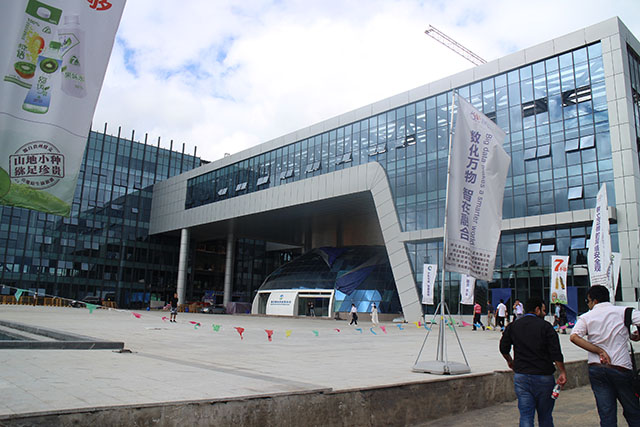
GUIYANG — Agriculture industry originally relies on manual labor but certain integrations of technology into the sector has definitely leveraged its own growth and development.
In other countries, for instance, they have started to roll out particular innovations in order to boost their agricultural systems.
China, which is known for its massive landscapes of grasslands and mountains, has been integrating technology into the development of their agriculture, particularly kiwifruits or kiwi.
The Asian giant is reclaiming the fruit as their own since the seeds originally came from them, and not in New Zealand as the misconception.

In Guizhou province, they have developed the Traceability Management System for Agricultural Products in Xiuwen County.
This system gathers any kind of information relevant to the kiwi plantation’s environment, from its climate to soil pH levels. It also monitors if the kiwifruit trees have diseases or not.
Furthermore, detailed data on each fruit is collected and stored for analysis—such as its size, sugar content and sugar-acid ratio.
Technology for innovation
While the Philippines has yet to fully improve and develop its own agricultural sector, there have been initiatives done to help farmers through technology as well.
F1 hybrid seeds have been used in corn production in the Caraga region. It is to “ensure sustainable production in prime corn lands,” raise the average yields of corns per hectare and increase the income of marginal corn farmers in the region.
Other papaya-producing countries like Taiwan have similarly incorporated F1 hybrid seeds into their production. According to reports, it has resulted in “high-yielding” and “great tasting” papayas.
Intelligent farming equipment has also helped farmers increase their field productivity. One example is the WR-801 Multi-Function Hand Tractor that can do the job of ten people at once.
The machine can perform weeding, double-row tilling for fertilizer application, rotavation and furrow forming for corn fields and vegetable plots.
The country also completed what could be considered its “first and biggest” solar-powered irrigation system last May 2018. Piñol said that it could irrigate up to 500,000 hectares.
On the same month, Japanese-made drones have been utilized in three Benguet towns to spray fertilizer on vegetable farms located on mountain slopes. It was intended to lessen the farmers’ hours in the field.
The government also created a website specifically designed to help farmers in crop planning. Called Farmers Guide Map, it assists farmers in identifying suitable crops to be planted on their lands. It also provides data on climate conditions and soil adaptability.
In addition, different applications have also been developed as well.
Rice Crop Manager app, a web-based platform, provides recommendations to farmers in crop management based on their own farm conditions.
AgriDOC app enables farmers to record their activities and monitor farm inputs, improve their farm tasking and guide them in farm management.
KROPS app lets farmers market their own products at their own prices and help potential buyers find sources of farm products within their own area.
Editor’s note: The trip to China was hosted by the Chinese embassy to promote tourism. At no stage does the host organization have a say on the stories generated from the coverage, interviews conducted, publication date and story treatment. Content is produced solely by Interaksyon.com following editorial guidelines.









